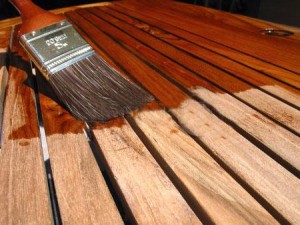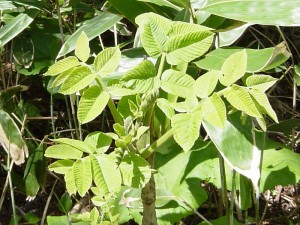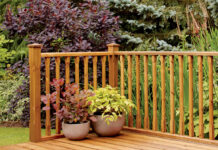Today I’ll be trying to unravel what can truly earn the right to be called a lacquer.
The first thing to establish is the difference between a lacquer and a varnish. It may be surprising to learn that lacquer and varnish are, in fact, the same thing!
What we’ve noticed is the trade tend to refer to them as ‘lacquers’ and the general public tend to call them ‘varnishes’.
I’m now left with the dilemma of how to refer to them for the rest of this blog – eeny, meeny, miny, mo… I’ll go for lacquer!

What Is Lacquer?
The Origins of Lacquer
The word lacquer derives from the Portuguese word lac, and the word varnish derives from the Latin word vernix. Vernix means odorous resin and lac is the word for a resin that comes from certain insects. Well, whatever their roots both words have simply been integrated into the English language. A bit like the words rapid and swift, same meanings, different roots.
Facts About Lacquer
- They have been used on wooden objects for at least 4,000 years
- A French Polisher applies shellac varnish with an applicator called a rubber, although there is no rubber in it! The term ‘rubber’ simply comes from the action of rubbing (the substance was named after the verb)
- By using a rubber a French polisher can typically apply up to 50 thin coats of French polish to a table (for example) in under an hour!
- Most experts believe that lacquers were first used in China, but there is evidence to suggest that India may have been using them before the Chinese
- Gold and silver lacquers contain real gold and silver!
What’s It Made Of?
In short a lacquer is a resin, mixed with a solvent. When the lacquer is applied, the solvent evaporates and the hard resin is left on the surface of the wood forming a clear, durable seal. There may be other additives, such as binding agents that make up a small percentage of the blend.
The most popular resins are lac, acrylic, polyurethane (aka PU), nitrocellulose and alkyd. Briefly their origins are as follows:
- Lac is from a lac bug
- Polyurethane is a synthetic material derived through a polymerization process
- Acrylic could be described as a liquid plastic
- Alkyd is a modified polyester

We don’t see much Chinese lacquer in Europe, but you’ve probably heard of it. So, for the record it is a (toxic) sap taken from a tree (called toxicodendron vernicifluum) that grows in mainly in China and Japan. It’s probably the most ancient of all the resins used in lacquers.
All lacquers are gloss when they are first manufactured. An ingredient called a matting agent is then added to them to reduce the sheen level. Therefore a gloss is the most durable, although it’s fair to say the difference is minimal.
No More 70’s ‘You’ve Been Tangoed’ Effect!
Lacquers are termed as clear and indeed they are, in as much as they don’t contain pigment but their ingredients will inevitably influence the colour to some degree. Polyurethane lacquers tend to add a slight, warm brown effect to the wood. They don’t add that disliked orange effect that lacquers of the 70’s and 80’s were renowned for, which could be described as resembling the appearance of a toffee apple. Today’s good PU lacquers are much clearer. Shellac lacquers also add quite a lot of colour to the wood. The clearest lacquers are the pure acrylic ones such as Polyvine Decorators Varnish.
Try The Lacquer Look At Home Before You Buy!
If you want to get an idea of how your wood will look without making a purchase, then simply apply a little water to the surface. The look you get when the wood is wet (after about 10 seconds) is how it will look once varnished.
The following lacquers will give the look of wet wood:
- Manns Extra Tough Interior Varnish
- Manns Extra Tough Floor Varnish
- Bona Mega
- Bona Traffic HD
- Manns Extra Tough Pro Lacquer
Other Lacquer Resources
Well I hope I didn’t give you too much detail. I didn’t want to gloss over it! 😉




